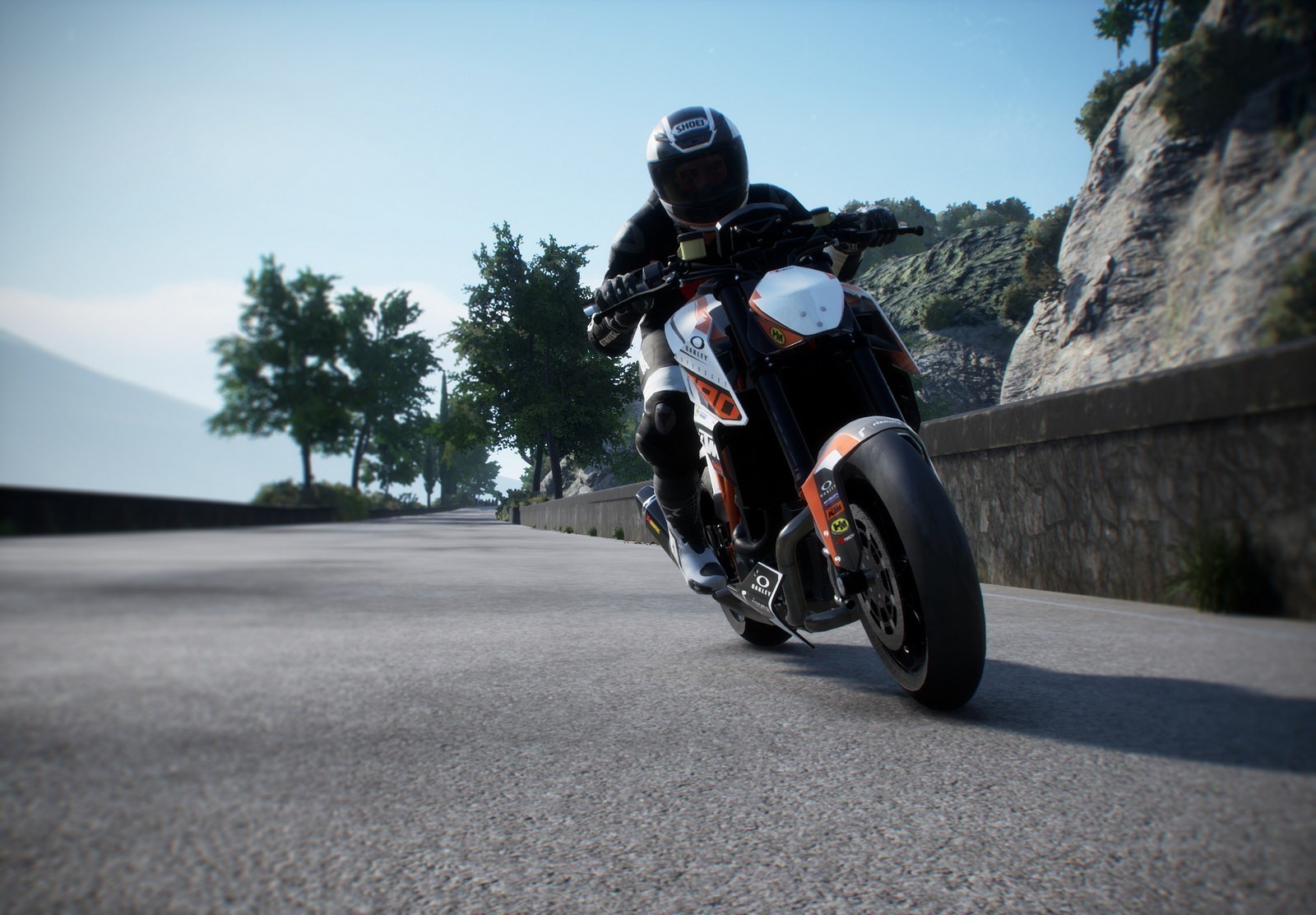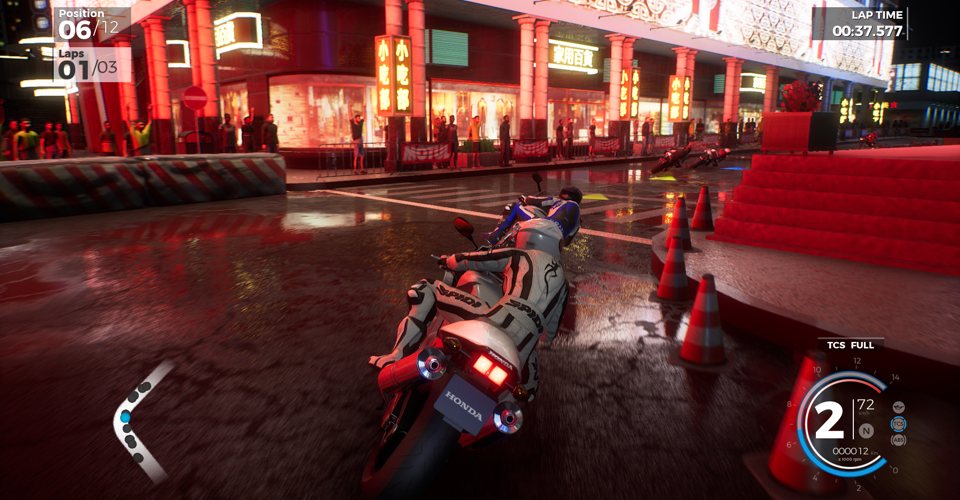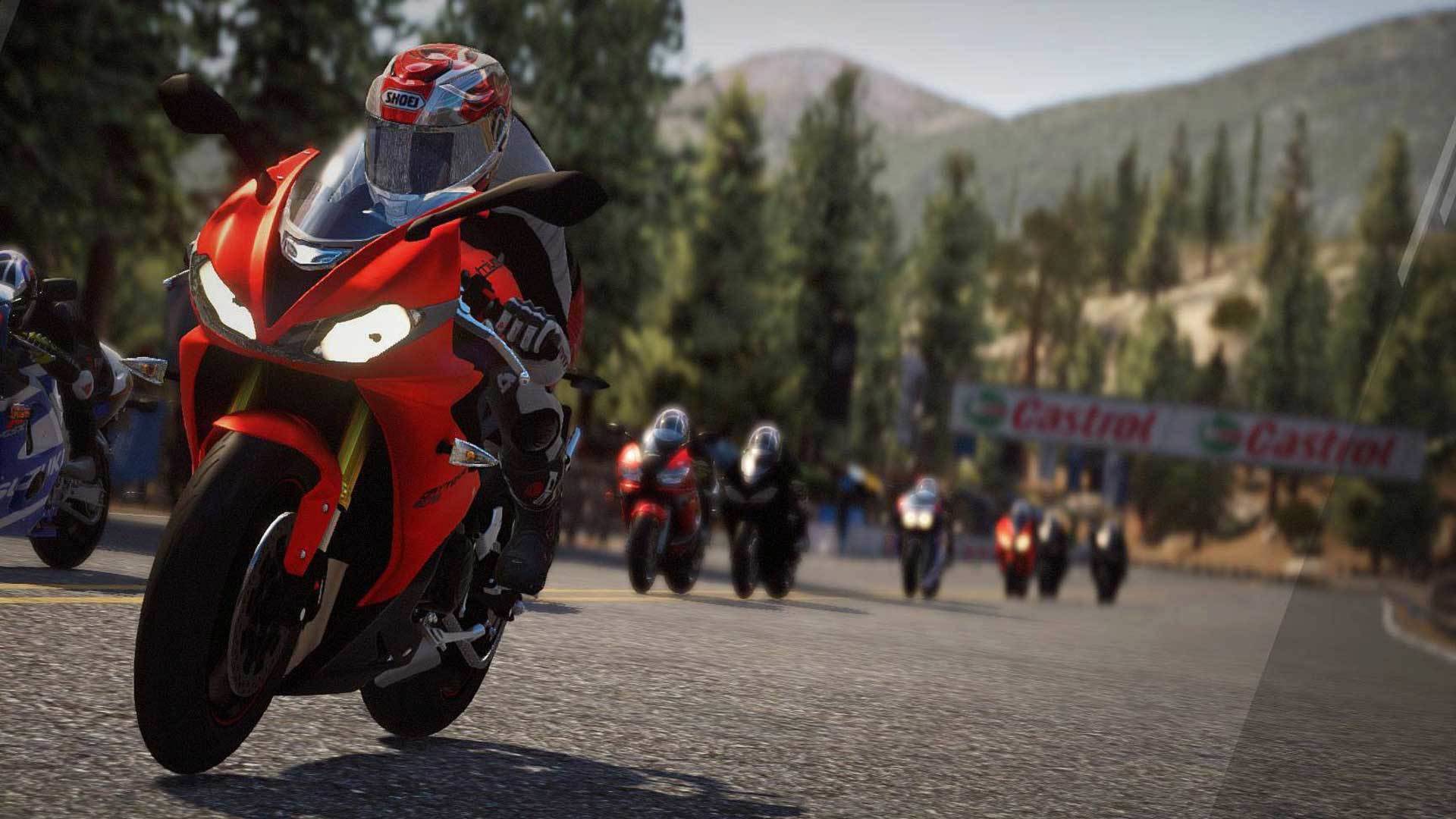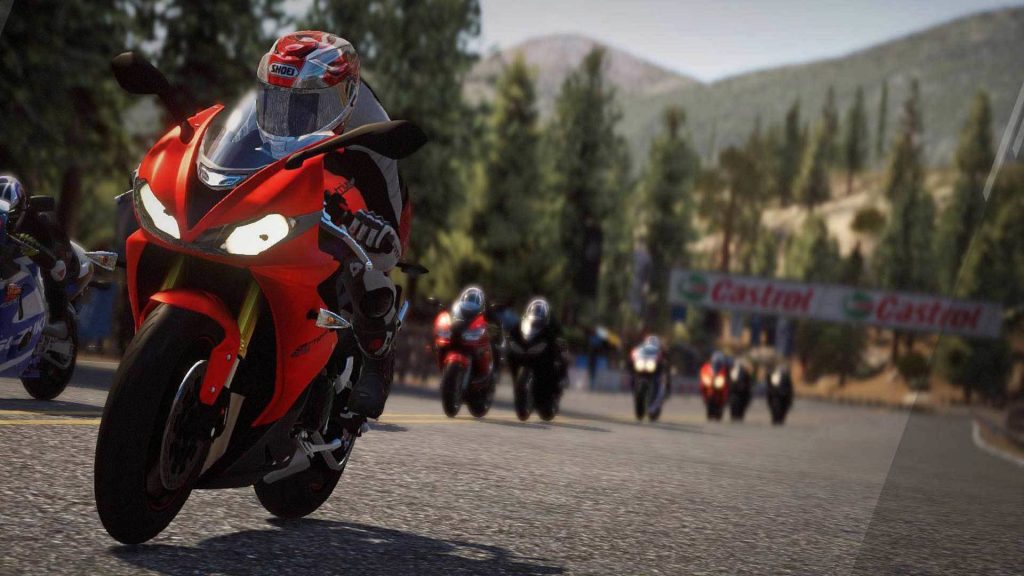Motorbike lovers have had a rough ride when it comes to video games. It’s not that their favourite sport is ill-represented; everything from MXGP to MotoGP has scratched that particular itch. No, it’s more that when it comes to biker games, no single title has managed to capture the experience of the wind whipping through one’s hair (or helmet, rather) on the Strada della Forra in a perfect way. Games have come close, but nothing’s quite nailed it in the same way as Forza or Gran Turismo have for cars.
That’s where Ride 3 comes in. Developed by Italian maestros Milestone, Ride 3 is – you guessed it – the third in the ongoing Ride series of motorcycle racing titles. The first game came out way back in 2015, if you can remember that far back, with a sequel – Ride 2 – released the following year. Both Ride and Ride 2 received fairly mixed reviews; both games were praised for their visual fidelity and level of realism, but criticism was levelled at what critics saw as uninspired campaigns and so-so gameplay across the board.
This time around, though, Milestone is pulling out all the stops. Ride 3 is an attempt at utter verisimilitude both on the track and off. It’s aiming at both fans of motorcycle racing and neophytes, packing in a mixture of aficionado features like bike tuning and authentic courses while also remaining true to the non-hardcore crowd with a revamped career mode and accessible physics tuning. Milestone is also responsible for the long-running MXGP and MotoGP franchises, and the studio brings that experience to bear on Ride 3.
On paper, the differences between Ride 2 and its successor seem minimal. Ride 2 had 30 tracks; Ride 3 has, well, 30 tracks. Ride 2 had around 230 bikes; Ride 3 has…you guessed it: 230 bikes. That’s not necessarily a criticism, though. It’s not always a good idea to simply cram a game full of more choice in terms of “playable characters” (bikes, in this case) and hope that this will make up for endemic flaws in the system or engine. Milestone is promising to support the game post-launch with around 70 bikes as DLC, though, so if you’re really not feeling that numerical itch being scratched, you can fill your boots with addon content.

Ride 2 came under fire for its lacklustre single-player campaign, which is why Milestone has revamped the single-player portion of Ride 3 to mostly positive effect. A brand new career mode sees players collecting “volumes”, issues of magazines which feature iconic bike categories, manufacturers and tracks for players to experience. You’ll collect over 60 volumes over the course of the campaign, and visit some of motorcycle racing’s most recognisable locations along the way. For most players, the campaign structure will provide an agreeable excuse for a two-wheeled excursion through some beautiful vistas; it’s not in-depth or characterful, and it doesn’t feel human like (for example) FIFA’s single-player does, but it’s fine for what it is.
Ride 3 features 30 tracks pulled from locations around the world, and Milestone has pulled out all the stops when it comes to photorealism. The studio has used photogrammetric technology and drone-scanning to perfectly reproduce some of the most breathtaking roads, giving the environments some serious visual clout. Ride 2 had its fair share of graphical issues, so in some ways Ride 3 is playing catch-up, but it’s a safe bet that players will appreciate the stunning visuals on offer. It’s not just tracks, either; the presentation across the board is top-notch thanks to the Unreal engine, with bikes rendered in excruciating detail and grit flying up behind the wheels as you drive.

Realism fans will be further pleased to learn that Ride 3 places a larger emphasis on customisation this time around. Players can upgrade and customise their bike with over 500 parts, including aftermarket parts like wheels, cabling and more. Just like always, this system will be completely lost on those who don’t care for the minutiae of customisation, but at its core Ride 3 is for the fans, so it’s unfair to expect too many accessibility concessions.
Ride 3 also comes with a brand-new livery design system which allows you to create and fine-tune your very own bike livery. It’s a suitably powerful and flexible system; we were able to create some seriously intricate designs with this thing, making our bikes feel personal every time we took them to the road. Of course, this kind of art design requires significant patience, and if you’re playing Ride 3 on a console then you can probably forget about anything more complex than a stick figure, but it’s a nice touch.

Ride 3, like Milestone’s Gravel before it, is using the Unreal engine. As a result, the physics feel much better than Ride 2. Bikes have a punchy weight to them, and there’s a sense of physical feedback that makes each race immensely satisfying. Unfortunately, the occasional physics hiccup means that the sense of immersion is shattered every time we notice a bump in the road that shouldn’t be there, or a racer suddenly rubber-bands across the track. This simply shouldn’t happen in a game so dedicated to verisimilitude, and it ruins an otherwise professionally-presented game when it does rear its ugly head.
All that said, perhaps the most unkind thing one can think to say about Ride 3 is that it’s…well…another racing game. It doesn’t do anything remarkable to distinguish itself from its peers, and perhaps that will be enough for racing fans. It’s a fun, distracting ride while it lasts, but there just isn’t enough here to maintain interest for non-racing folks. If you’re a fan of motorcycle racing, you already know you want this, but if you’re not, approach with trepidation.
Purchase Now.
This post didnt have a specific author and was published by PS4 Home.


